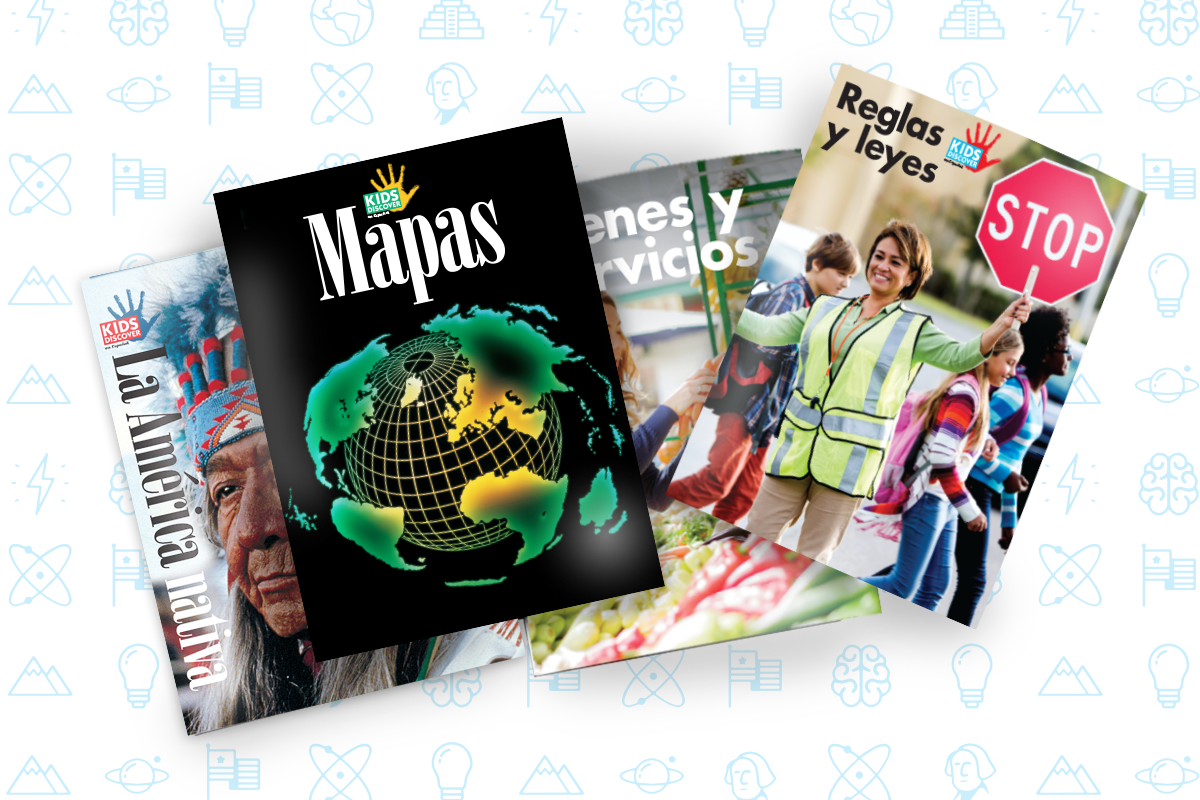Announcing Kids Discover en Español
- October 18, 2022
- By Ted Levine
Back in 2009, I had the once-in-a-lifetime opportunity to spend six months traveling across the continent of South America. From a month of camping and hiking in southern Patagonia, to surfing the coasts of northwest Peru and Ecuador, this was an adventure that continues to inspire me 13 years later.
But despite seven years of Spanish instruction across my Middle and High School years, I found myself scrambling those first few weeks. Admittedly, I was not the biggest fan of Spanish class. Learning a second language did not come easily to me when I was young, and outside of Spanish class, I had few (if any) opportunities to put what I was learning into practice.
But throughout my time in South America, my fluency began to build. With interaction upon interaction, I was constantly forced to read and converse in Spanish. Naturally, my confidence grew. A couple of months into my trip, I was fully conversational.
This experience really reinforced how important it is to put what we are learning into practice, to apply our new skills and knowledge in a way that moves beyond the traditional sense of academic learning. It begs the question, how can we make learning languages more immersive?
As it turns out, when it comes to learning languages in the classroom, there is already a revolution underway here in the United States, and it’s showing a ton of promise.
Since the year 2000, there has been a nearly 600% increase in the population of English Language Learners (ELLs) enrolled in K-12 public schools here in the U.S. That’s nearly 6 million students, the majority of which are in Grades K-5. And while many districts have long viewed ELL students as a costly segment of their student population, requiring native-speaking teachers and specialized resources, a new model has emerged, and its growth is accelerating.

Over the past decade, there has been a proliferation of dual-language immersion programs. In these programs, most of them focused at the Elementary level, ELLs and native-English learners learn alongside one another.
In any given grade level, two out of the four main disciplines, say Science and Math for example, are taught entirely in a foreign language. The other two disciplines, ELA and Social Studies, are taught in English. The following year, those subjects are swapped as to what is taught in English and what is taught in a foreign language. Roughly 75% of these programs are English/Spanish dual-language immersion classrooms, mirroring the percentage of the ELL population who are native-Spanish speakers.
A plethora of research has emerged in the past seven years alone, supporting the multitude of benefits that dual-language immersion programs provide. Studies have demonstrated an increase in both working memory and reading comprehension, while helping English-language learners and native-English speakers develop deeper empathy and cultural awareness for one another. Moreover, both sets of students have the opportunity to serve as the expert and the learner.
This growth has fueled a demand for Science, Social Studies, and Nonfiction texts in Spanish, and the Team at Kids Discover has been fortunate enough to work on solving this problem with a number of leading school districts in the U.S.
Starting next month, we’ll be launching our new line of Spanish Translated Print Titles: Kids Discover en Español.
These print titles span our KD1, KD2, and Kids Discover reading levels, covering emergent readers through upper elementary and middle school learners. With a dozen print titles slated for release next month, we’re set to release over 40 Spanish titles this school year alone.
Be on the lookout for more email announcements in the coming weeks. And if you work with or are in a Spanish/English dual-language immersion school, please shoot us an email if you would like to learn more, at questions@kidsdiscover.com.
We’re so excited for yet another chapter in Kids Discover’s story, and we can’t wait to share our hard work with you all.
Sincerely,
Ted
Ted Levine
President & CEO
Kids Discover